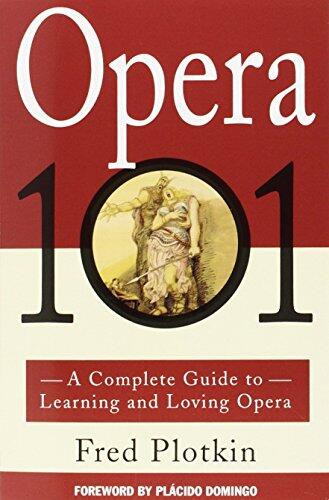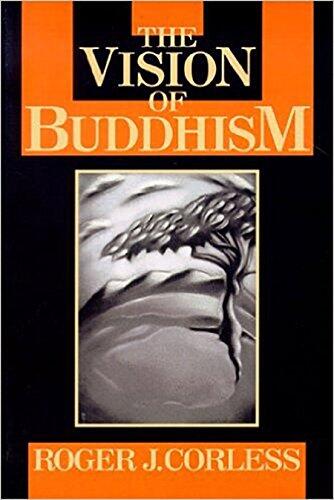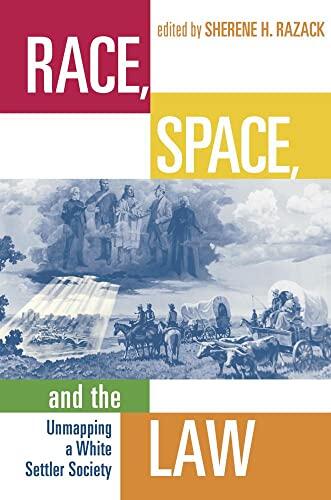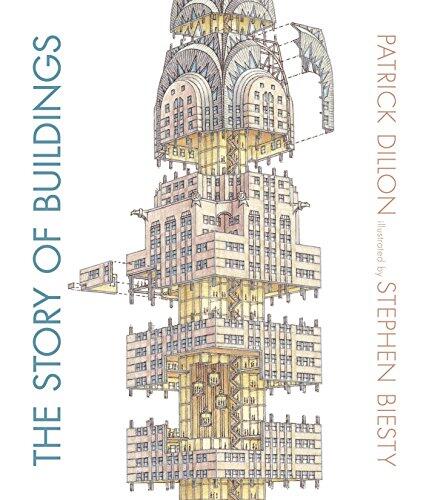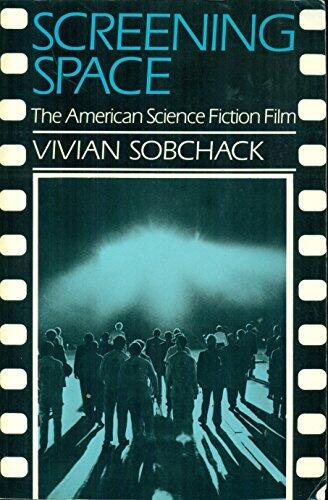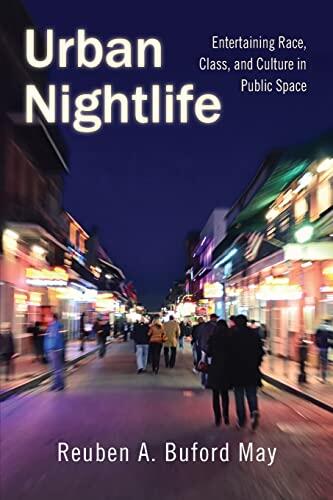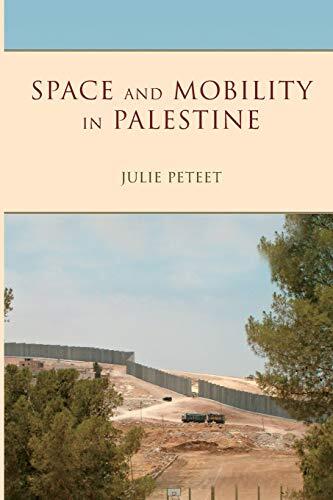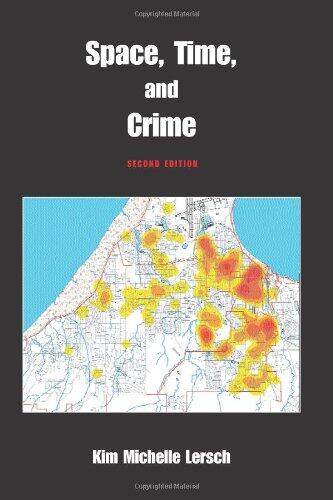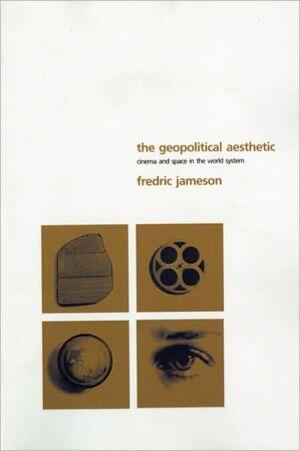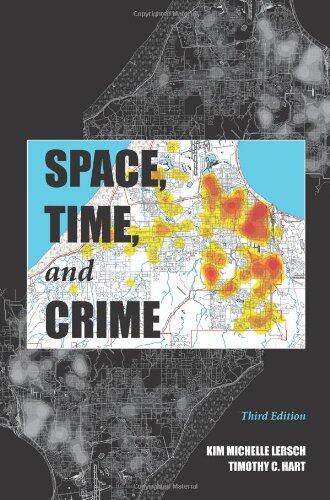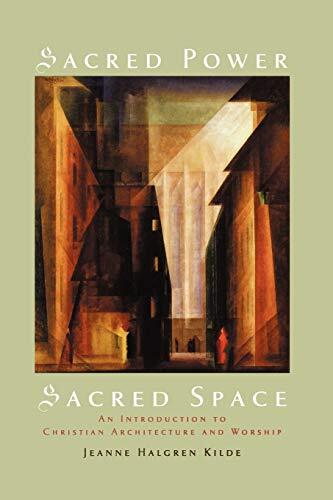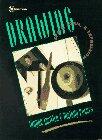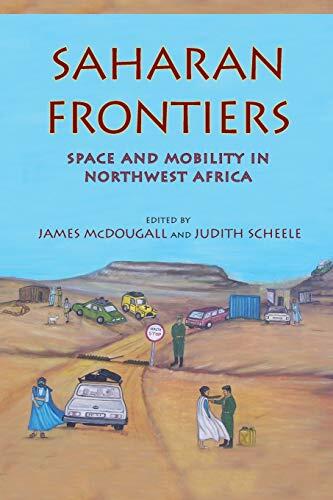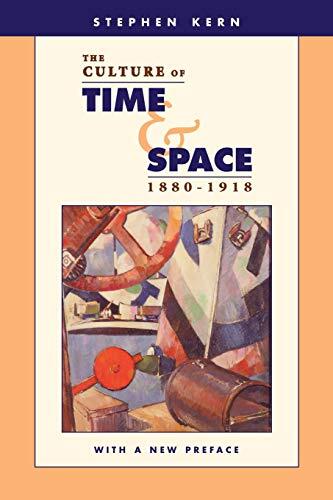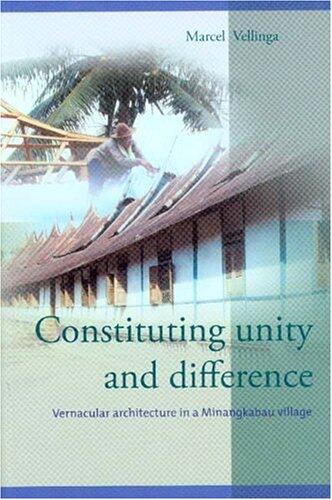
Constituting Unity and Difference: Vernacular Architecture in a Minangkabau Village
av
Marcel Vellinga
Inga betyg ännu
History
Format
Pocketbok
Sidor
352
Språk
Engelska
Publicerad
Jan 1, 2004
Förlag
Kitlv Press
Utgåva
Illustrated
ISBN-10
9067182303
ISBN-13
9789067182300
Beskrivning
Marcel Vellinga explores the intricate relationship between unity and diversity in vernacular architecture within a Minangkabau village. The work, an evolution of his doctoral thesis from Leiden University, delves deep into the cultural significance of building practices that reflect the unique identity and values of the Minangkabau people. Through a meticulous analysis of architectural styles, materials, and community interactions, Vellinga uncovers how these structures serve as both physical and symbolic expressions of local traditions.
The book highlights the interplay between the environment and social structures, illustrating how architecture is not merely functional but also a vital contributor to community cohesion. Vellinga’s research offers readers a window into how vernacular homes and public spaces encapsulate the complex narrative of a society deeply rooted in matrilineal principles and communal living.
Richly illustrated and supported by a comprehensive bibliography, this work stands as a significant contribution to the understanding of regional architecture and cultural identity. It appeals not only to scholars of architecture and anthropology but also to anyone interested in the ways we construct our living spaces in relation to our cultural heritage.
The book highlights the interplay between the environment and social structures, illustrating how architecture is not merely functional but also a vital contributor to community cohesion. Vellinga’s research offers readers a window into how vernacular homes and public spaces encapsulate the complex narrative of a society deeply rooted in matrilineal principles and communal living.
Richly illustrated and supported by a comprehensive bibliography, this work stands as a significant contribution to the understanding of regional architecture and cultural identity. It appeals not only to scholars of architecture and anthropology but also to anyone interested in the ways we construct our living spaces in relation to our cultural heritage.
Recensioner
Inga recensioner ännu
Bli den första att recensera denna bok och dela dina tankar
Lägg till första recensionenLäsdagbok
Inga läsloggar hittades
Börja spåra dina läsframsteg för att se loggar här
Lägg till din första läsloggAnteckningar
Inga anteckningar hittades
Börja skriva anteckningar för att se dem här
Lägg till din första anteckningTransaktionslogg
Inga transaktionsloggar hittades
Börja spåra dina boktransaktioner för att se loggar här
Lägg till din första transaktionslogg